1940 NYC Fair False Flag Terror
July 19, 2017
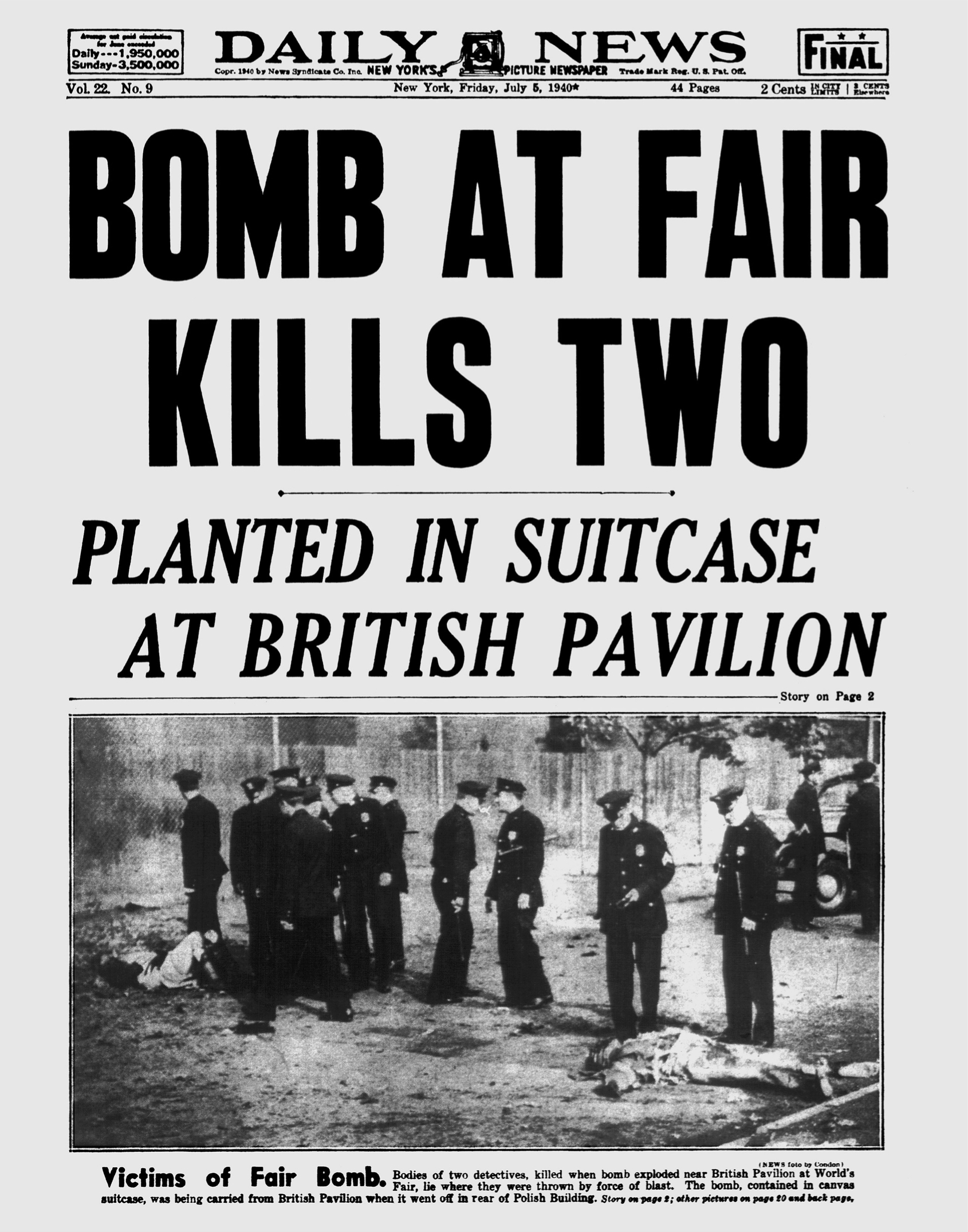
(False flag terror in the US began well before 9-11)
On July 4, 1940, with throngs of holiday visitors at the New York World's Fair,
a time bomb planted in the British Pavilion exploded, instantly killing two NYC policemen
and badly mauling five others. Was [BSC Chief William] Stephenson behind the blast
in an attempt to frame Nazis and their American sympathizers?
Were these officers sacrificed to win American sympathy
and draw a reluctant United States into the Second World War?
Did Brits Kill New York City Cops to Get U.S. into WWII?
By Marc Wortman
(abridged by henrymakow.com)
The sequence of events appears to tell a damning story: On June 4, 1940, Nazi Germany shoved the last British troop off the Continent at Dunkirk. Adolf Hitler moved his forces into position for a final cross-Channel invasion and occupation of England.
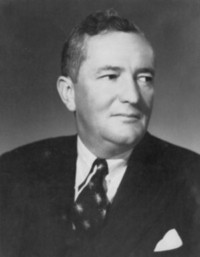
(The "Man called Intrepid")
That same month the new British Prime Minister, Sir Winston Churchill, dispatched a shadowy figure, Sir William Stephenson, left, to set up a spy shop for Britain's MI6 in midtown Manhattan. A hero of World War One and self-made multi-millionaire, Stephenson and Churchill believed that nothing was more important to their nation's survival than American entry into the war against Hitler.
Then, on July 4, 1940, with throngs of holiday visitors at the New York World's Fair, a time bomb planted in the British Pavilion exploded, instantly killing two New York City policemen and badly mauling five others. Was Stephenson behind the blast in an attempt to frame Nazis and their American sympathizers? Were these officers sacrificed to win American sympathy and draw a reluctant United States into the Second World War?
This past Independence Day marked the seventy-seventh anniversary of the unsolved crime. "It's a cold case, but still an open case," New York City Police Lieutenant Bernard Whalen tells me. He has scrutinized the original bombing case files while researching two books he wrote on the history of the NYPD. "There was a massive investigation at the time. The FBI was involved." No effort was spared--except to get at those he believes were likeliest to have knowledge of the bomb, the security staff of the British Pavilion itself.
Although the United States was officially neutral, in the midst of a world at war, it was fast becoming a shadowy battlefield. New York teemed with spies, political agitators, and foreign agents, many with violence in mind for their enemies, some desperate enough to go to any length to sway American public opinion. While Whalen won't pin blame on any single possible culprit, he says after his own studies of the case, "You could draw the conclusion that it was an inside job." At one point the NYPD suspected as much, but were stopped from getting to the bottom of the case.
TARGET
...Among various foreign agents and
organizations, Stephenson's new British Security Coordination alone
enjoyed a protected status. Headquartered in offices labeled Passport
Control at Rockefeller Center, his operation worked, illegally, with
a sympathetic Franklin D. Roosevelt in the White House to bolster
American support for the British and also to attack German agents
operating in the Western Hemisphere.
Bombs and bomb scares were recurrent events. In the two weeks before July 4, 1940, bombs had gone off at the German Library of Information, a Nazi propaganda service in the German Consulate building in the Battery, and at the offices of The Daily Worker newspaper, organ of the Communist Party, in its East 12th Street building. In the days just prior to the July 4th holiday, a threat had been phoned into the British Pavilion switchboard operator, warning her to "get out of the building. We're going to blow it up."
Earlier that afternoon an electrician spotted what the New York Times described variously as a "buff-colored fiber satchel" and "a small overnight bag," in a top-floor electrical utility room housing controls for the building's rudimentary air conditioning system. Returning later, he looked more closely. The electrician heard ticking within and alerted security. Security guards carried the satchel past the line of people waiting to see the Magna Carta, then outside through the crowds moving between the neighboring national pavilions. They carried it behind the Polish Pavilion to a spot along a fence next to the Grand Central Parkway.
At home with his family for the holiday, Joseph Lynch of the NYPD's six-man Bomb and Forgery Squad--as it was then known--got the call. He picked up his partner, Ferdinand Socha, and drove to the fairgrounds. ... "It's the business." Those were Lynch's last words. It exploded, tearing the two detectives apart and wounding five other officers, some of them seeking to hold back bystanders. Two of those policemen were critically injured.
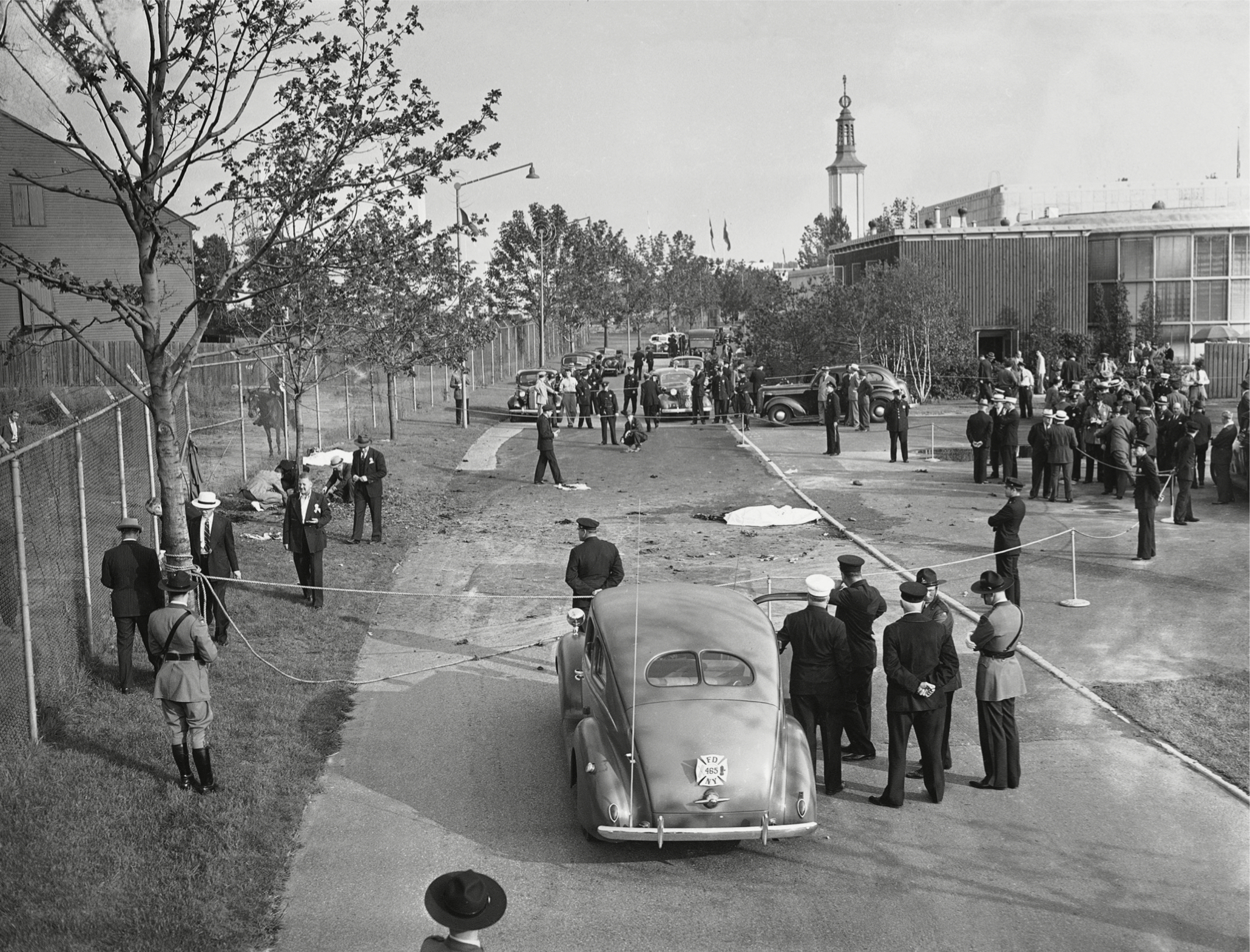
The bodies of two policeman killed by a bomb explosion at the New York World's Fair taken on July 4, 1940 at the rear of the Polish Pavilion. The bomb disguised as a portable radio was being removed to the lawn near the polish exhibit when it exploded, killing two and injuring several persons.
The bomb blew a hole five feet-wide and four feet-deep in the ground and shattered windows in the Polish Pavilion more than one hundred feet away. Metal shards and clothing fragments were found scattered more than 75 yards off according to news reports....
Nobody suspected to be behind the World's Fair bombing was ever arrested. No credible suspects were ever turned up. News coverage died down. Reports instead returned to the fair's glittery events justifying the "World of Tomorrow" theme for millions of visitors. But the war of words over the world war being fought everywhere but the United States had taken a terrifyingly violent turn at home. Americans were now forced to pay attention to the war that they had hoped to ignore.
CONCLUSION
The failure to turn up even a suspect has led Whalen to question other possible motives individuals and groups might have had for carrying out a bombing. Much like today's terror attacks, he thinks grabbing public attention--not revenge--was a likelier primary motive. He says, "If you were going to do something to garner world attention, you couldn't pick a better target."
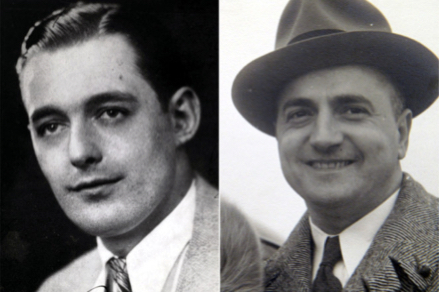
(Detectives Joseph Lynch l. and Ferdinand Socha r. early US sacrifices to the "British" cause.)
His suspicions of an "inside job," though not involving the electrician, were aroused by reports he read in the police investigation files with, he says, "indications that police could not speak to security staff without permission, which was not freely granted. If I wanted to solve a crime, I wouldn't impede investigators in any shape or form."
He says, "It could have just been the stuffy British attitude, but the authorities at the Pavilion were interfering" with police efforts to interview security staff members, according to the files he read. Even the U.S. government seems not to have followed up on leads. While he has seen file copies of FBI letterhead material about the investigation, his request to the FBI for files related to the bombing investigation came back empty. The FBI told him they had nothing.
Given Stephenson's known willingness
to carry out criminal acts on American soil to aid his cause, it's
not far-fetched to conclude his British Security Coordination was
possibly behind the blast at his nation's own World Fair pavilion.
"You'd get a lot more sympathy [for the British cause]," Whalen
speculates, "if brave guys were killed." He won't come down on
one side or the other without definitive evidence, but says, "It's
as good a theory as any."
---------------------
Thanks to George for the tip!
Related - Cops Honored




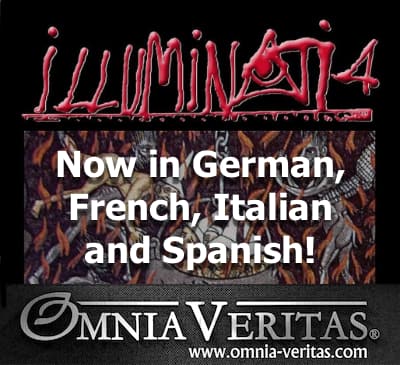

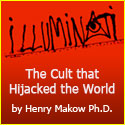
Dene said (July 20, 2017):
Something that was odd about this story is the report that a satchel size bomb would dig a hole 5ft wide and 4ft deep.
It's the 4ft deep bit that is odd. The only way that could happen, regardless of the size of the bomb, is for the satchel to be traveling at high speed towards the ground or for a bomb to be already underground.
All physical forces go in the direction of least resistance. So the explosive force of the satchel bomb would have gone upwards and outwards, bouncing off the ground rather than digging a hole.
Maybe the author would find this interesting?